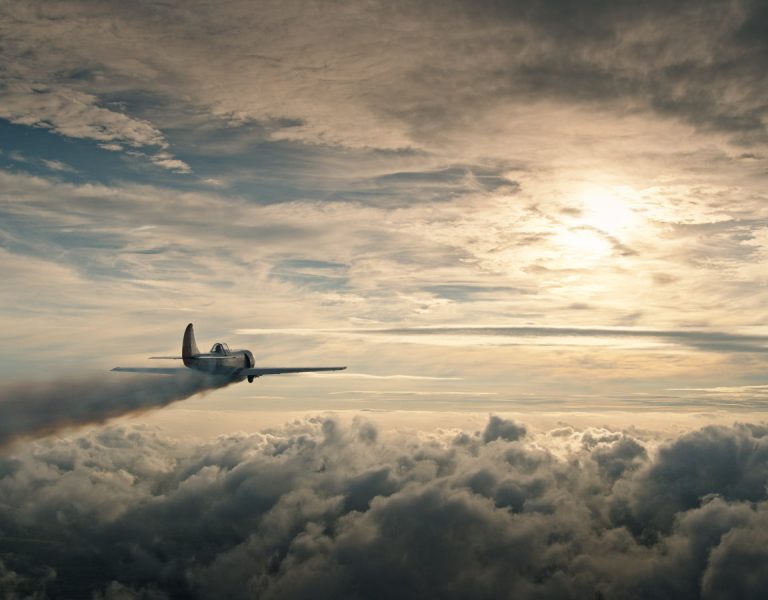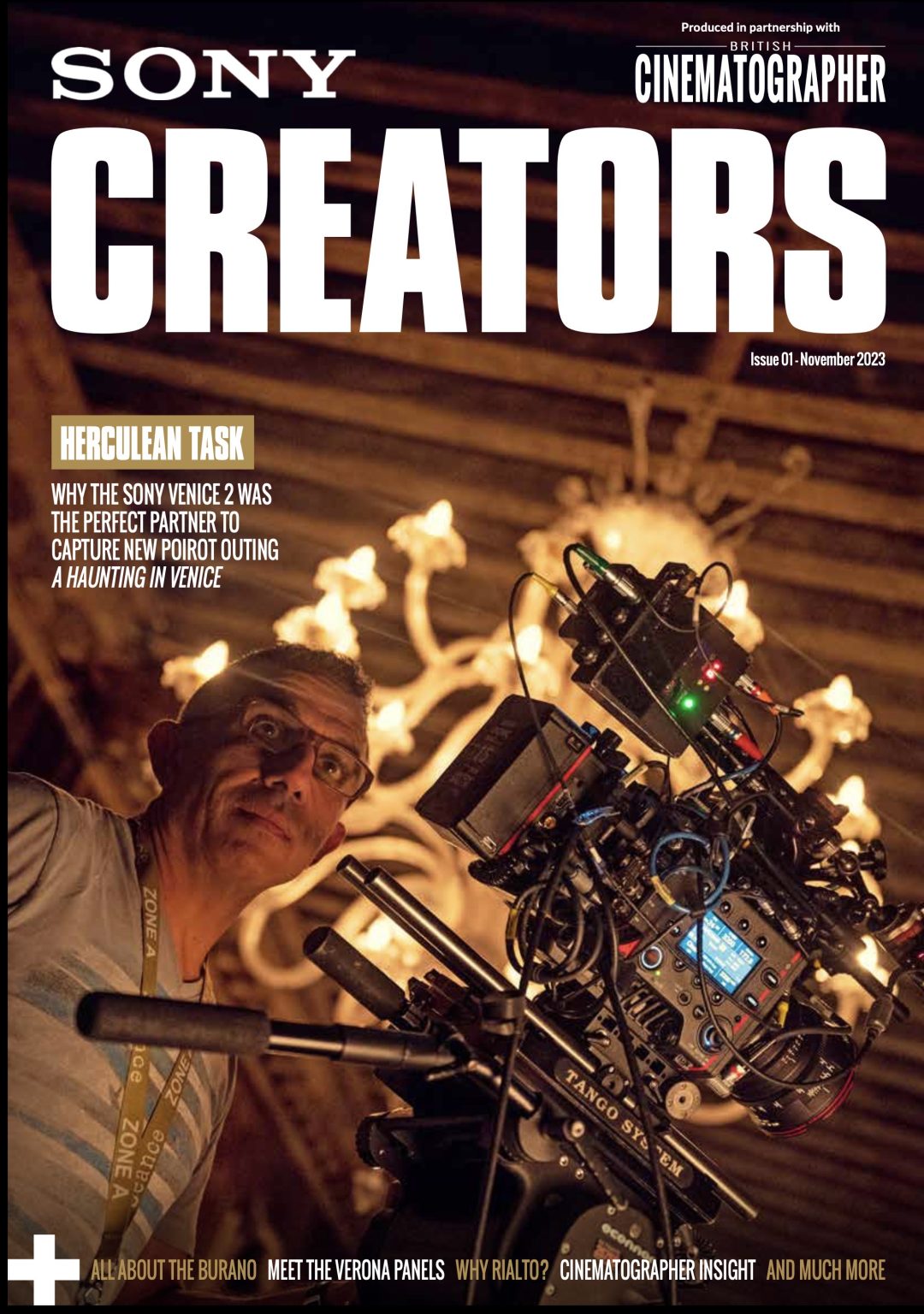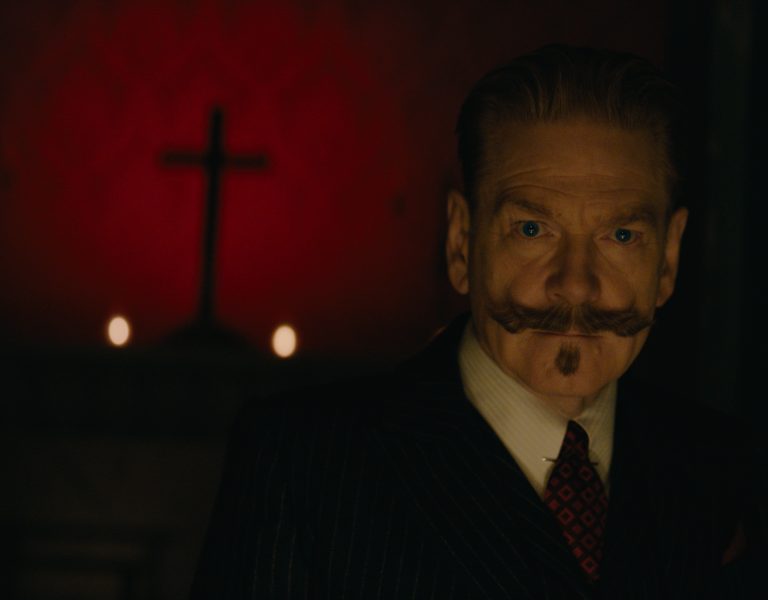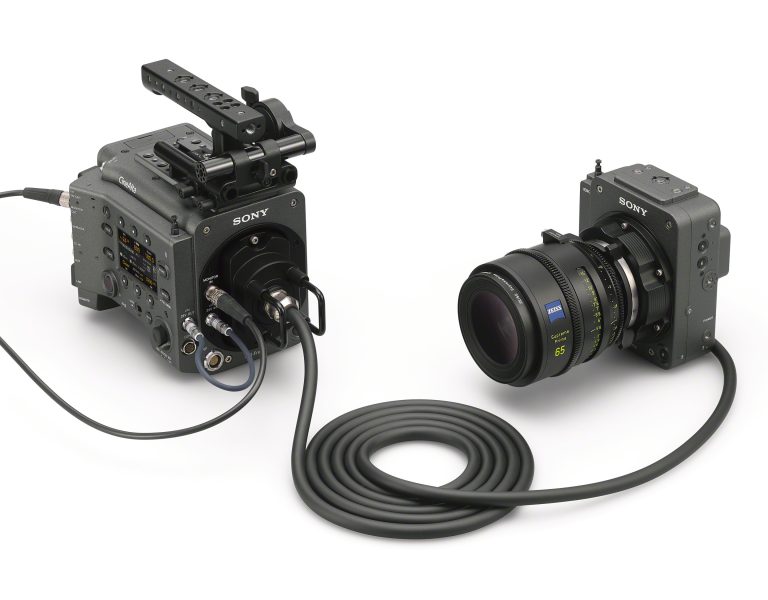COMPACT CREATIVITY
Cinematographers Oren Soffer and Greig Fraser ASC ACS discuss the crucial role scaled back kit and flexible, agile cameras played in realising Gareth Edwards’ ambitions for sci-fi spectacular, The Creator.
When Oren Soffer signed on for The Creator, he was intrigued by the intended approach of director/producer/co-writer Gareth Edwards and fellow cinematographer Greig Fraser ACS ASC. Looking to scale back the huge machinery a blockbuster movie requires, they wanted to use cheaper – and lighter – prosumer equipment, from off-the-shelf lighting to easy-to-assemble gimbals. At the core of this was the camera: the Sony FX3. “By the time I came on board the project they were very confident in that camera choice and its capabilities,” says Soffer. “And I was the sceptical one.”
The British-born Edwards, famed for his major league blockbusters Godzilla (2014) and Star Wars spin-off Rogue One (2016), began hatching the script for The Creator back in 2017. In tandem, he and Fraser were keeping an eye on the developing market for prosumer cameras, although as Fraser points out, there was little point in choosing one until they were close to shooting. “Equipment changes almost daily,” he says. “If you blink, go to sleep for a couple of weeks, a new camera system comes out, and you’ve got to then go back to the drawing board and test everything again.”
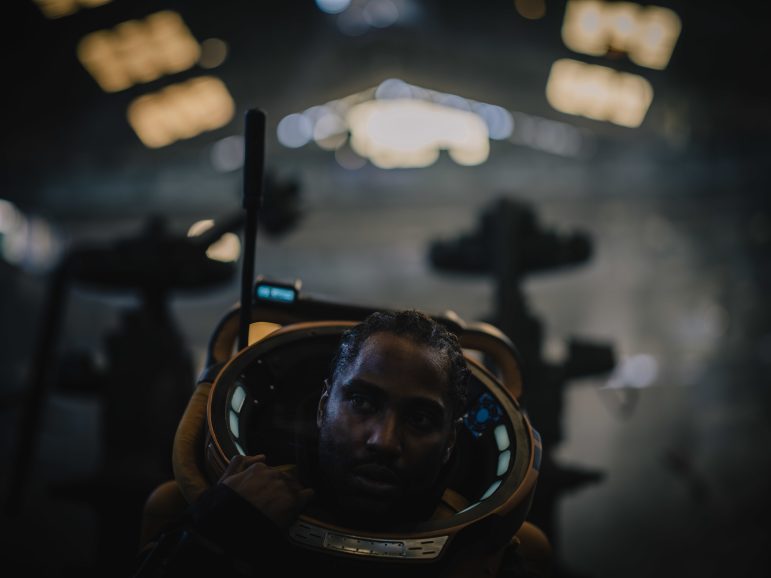
The original intention was for Fraser, who had shot Rogue One, to seamlessly continue his duties on The Creator. But repeated delays due to the pandemic meant that the start date for principal photography was pushed to January 2022 – by which point the Australian-born Fraser was already committed to begin preparing for Denis Villeneuve’s Dune: Part Two, the follow-up to the 2021 sci-fi that won Fraser an Academy Award. In October 2021, he contacted Soffer, a young Israeli-American cinematographer whose work he was a big admirer of, to act as his replacement.
Like Fraser and Edwards, Soffer had keenly watched the explosion of digital prosumer cameras. “Over the past ten years, the graph of the quality of cinema cameras and the quality of prosumer cameras has met,” he says. “Cinema cameras have stayed at a very consistently high level since the original batch, the RED One, the Thomson Viper, and even the first ARRI Alexa, which was in 2010, 13 years ago. And prosumer, over the past 10 years, has climbed up that chart. Gareth felt that we were at this nexus point where the prosumer equipment was bursting through the capability of cinema cameras, and actually innovating certain elements that cinema cameras weren’t thinking about.”
Even so, Soffer was still surprised by the choice of the FX3. It’d only come on the market in March 2021, just a few months before he joined The Creator. “It’s basically a video-forward version of a stills camera series that Sony has called the A7 series,” he explains. “So, the A7 is a mirrorless stills camera, but it also has a 4K video option. And a lot of people over the years at the prosumer level – or just the consumer level – have been using this camera to film video. And so Sony put out a version of the camera that inverted its functionality. So instead of a stills camera that has a video function, it’s a video camera that has a stills function.”
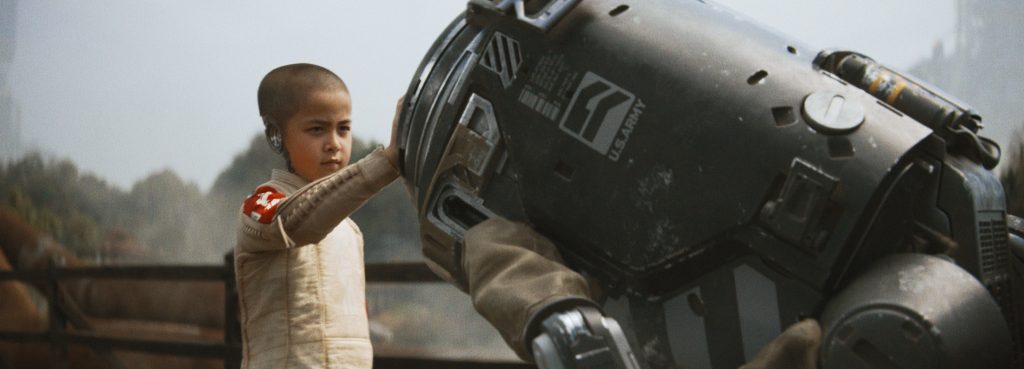
Flexibility is key
Lightweight and compact – the same size as a small stills camera – the Sony FX3 perfectly met Edwards’ needs. The director loves to operate the camera himself, often filming his actors in long takes that last as long as thirty minutes, avoiding the need for yelling ‘cut’ and resetting. The overall masterplan was to shoot raw footage, on location, and sculpt the film’s sci-fi environments in postproduction, an exacting process led by visual effects house Industrial Light & Magic. But would a prosumer camera like the FX3 be up the task?
Fraser took the camera to Spain to shoot a commercial and also made some test footage at night. Both Edwards and Soffer were stunned by what they saw when Fraser’s tests were screened at FotoKem, the postproduction facility in Burbank, California. “The camera is just capable of incredible imagery, and it was very evident the first time I saw some test footage,” says Soffer. “It blew me away.” Swiftly, he became convinced that this camera had the capabilities that were required for The Creator.
Set primarily in 2070, Edwards’ film is set at a time when America has banned artificial intelligence following the detonation of a nuclear bomb in Los Angeles 15 years earlier. The story follows Sgt. Joshua Taylor (John David Washington), who is sent into the Republic of New Asia, where AI remains legal. His mission is to find Nirmata, the mysterious maker of a super-weapon that may be used against the Americans in the ongoing war over AI; instead, he encounters a sophisticated AI child with uncanny powers – one that he names Alphie (Madeleine Yuna Voyles).
With Edwards determining the film to be shot on location across Thailand, the Sony FX3 had another major advantage. “The sensitivity of the camera to low light, and its capability of capturing an exposure, is extremely high compared to more expensive and larger cinema cameras,” says Soffer. “Most cinema cameras top out at 3200 ISO and this camera can go up to 20,000. So, it’s just a lot more sensitive to low light than larger cinema cameras.”
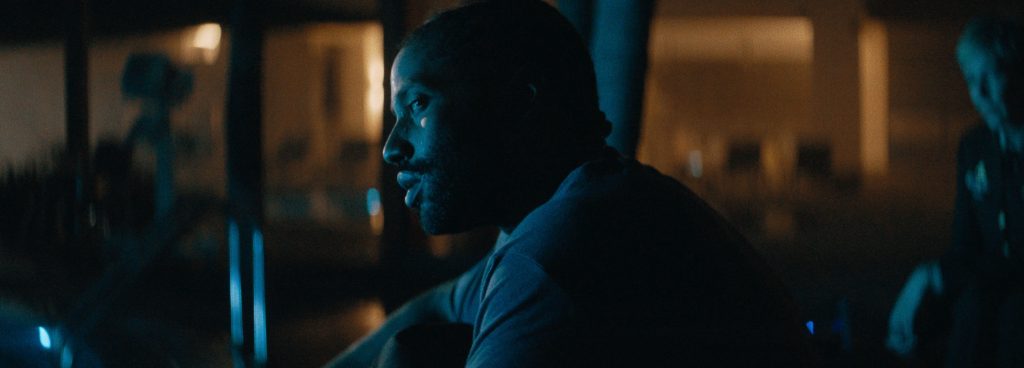
With principal photography due to begin in January 2022 in Thailand, the production even had time to test the camera in moonlight. “At that ISO you can get a really great exposure in full moonlight,” says Soffer. “We really tried to align some of our night scenes with full moons. And the schedule was just so tight with actor availability and all the complexities of that…we never quite aligned it. But in our location scouting and test shooting, we tested in full moonlight. And the results were amazing.”
Even if Thailand’s wondrous full moons weren’t playing ball, Soffer was able to take full advantage of the camera’s ability to shoot in natural light scenarios – especially at dusk and evening time. “We were able to just crank the camera open. At that level of exposure, the camera can see more than the human eye. So, you could be standing out in a field with very minimal lighting and barely see with the naked eye, but hold the camera up, and suddenly you see a lot more.”
The camera’s capability with low-light situations even had a very practical use when it came to filming at dusk. “You get an extra 15-20 minutes at the end of an already pretty extensive blue hour dusk window,” says Soffer. “And in that final little window, that’s when you get the really, really magical stuff.” Beginning with the opening scene, as soldiers emerge from the waters onto a beach in the nighttime gloom, Edwards and Soffer began to conjure some remarkable images.
Take the shootout in the apartment where Joshua’s old soldier buddy Drew lives, in the futuristic Lilat City. The sequence was captured at the top of Bangkok’s five-star Rosewood Hotel, overlooking the entire city. “So, we shot that entire sequence at 12,800 ISO,” says Soffer. “And what you get from it is so much exposure just from the city outside, and the light that comes off of that cityscape bleeding into the room in a way that you just wouldn’t get from a lower sensitivity camera. And it just completely changes the way that scenes like [at] night [on] location is rendered on camera.”
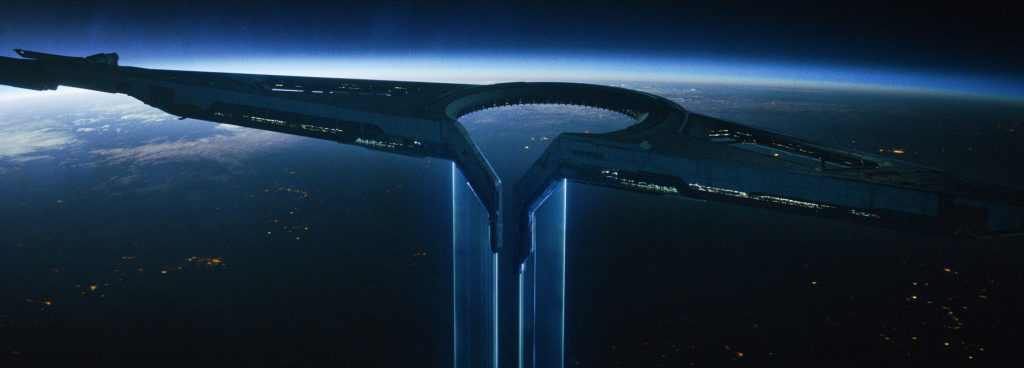
Sci-fi nostalgia
Edwards, Fraser and Soffer were also determined to use the 75mm Kowa Anamorphic as the go-to lens for the shoot. It came down to Edwards wanting to re-create the feel of the sci-fi films he grew up with, like Ridley Scott’s Blade Runner and Steven Spielberg’s Close Encounters of the Third Kind. “Those vintage lenses have certain things that at the time would be considered flaws,” says Soffer. “The vignetting around the edge, the lenses get a little blurry on the top and bottom and on the sides, the way they flare is very distinct. And so these are all these qualities that evoke that vintage feel that reminds us of those films. Gareth was very interested in evoking that feeling in the film language and in the overall look of the movie.”
Although The Creator was largely a one-camera operation, with Edwards operating, the inexpensive price point of the FX3 meant that the production could buy several cameras. Saving time, this allowed multiple cameras to be attached to various rigs, including a drone for aerial footage (some of which Soffer shot when Edwards was off filming with the main unit). When it came to mounting the camera, Soffer estimates the film was shot roughly fifty-fifty between handheld and a dolly or the telescopic Technocrane. Some shots were even remote operated via an app on an iPhone. “The iPhone sat on a tripod head with a monitor, so you could see what the camera was filming, and you could pan and tilt and it would pan and tilt the camera,” says Soffer.
When the Thailand leg of the shoot came to an end, the production returned to London to shoot for ten days at Pinewood Studios, capturing sequences for the final act when Joshua and Alphie jet off to destroy NOMAD, the aerial weapon that the Americans are using to hunt down AI insurgents. Five days were spent shooting on the volume, the virtual production facility that allows entire backdrops to be uploaded onto LED walls that form the backdrop of the stage. Among those created were NOMAD’s Biosphere, a cavernous space where plants are grown.
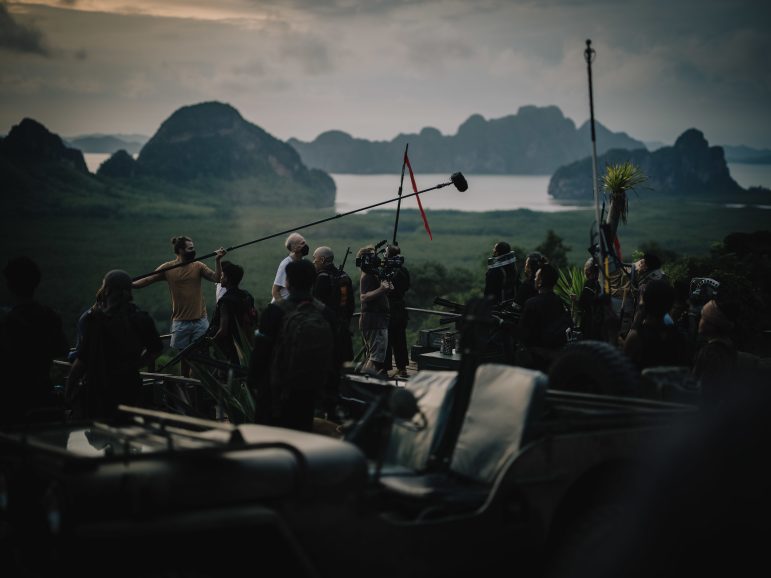
Fraser, who has a wealth of experience shooting on the volume following his work on Star Wars TV series The Mandalorian, was able to work with ILM to help prepare the scenes for the volume, while the rest of the crew were still in Thailand. When Soffer and the others arrived, however, it meant switching cameras. “The technical limitation of the FX3…it doesn’t sync with the LED walls on the volume,” explains Soffer. “You could shoot on the volume, but you would see banding on the walls, so it wasn’t usable. So, we had to use a different camera.”
Soffer and Fraser soon came to a satisfactory solution. “We tried to pick the camera that was closest to the FX3, which was the Sony FX9, which is a slightly different sensor,” says Soffer. “There are certain things about it that are different, but it’s still Sony and we figured it was close enough that it wouldn’t disrupt all of our postproduction workflow, colour workflow and all of that.” The final five days of principal photography, however, saw a return to the FX3 to shoot sequences on a more traditional green screen format.
Again, the camera stood firm, leaving Soffer mightily impressed – not just with the Sony cameras but with the other prosumer tools used to create The Creator. “I don’t think you would necessarily be able to watch the film and identify that it was shot with these tools,” he concludes. “Which I think is a testament to how good they are and what they’re capable of. Ultimately the FX3 was part of a larger effort to embrace lightweight prosumer tools across the board that allowed us to make the film in the nimble, small-footprint, almost documentary-style way we wanted to make it. These were the right tools for the job at the time.
“Our biggest hope, big picture, is that the film and our methodology encourage other filmmakers to think outside of the box about what tools they consider using on big budget productions – getting past the ‘prosumer’ branding of certain tools can open up a whole new world of creativity and nimbleness to empower filmmakers to achieve their visions.”
The Creator is out now.
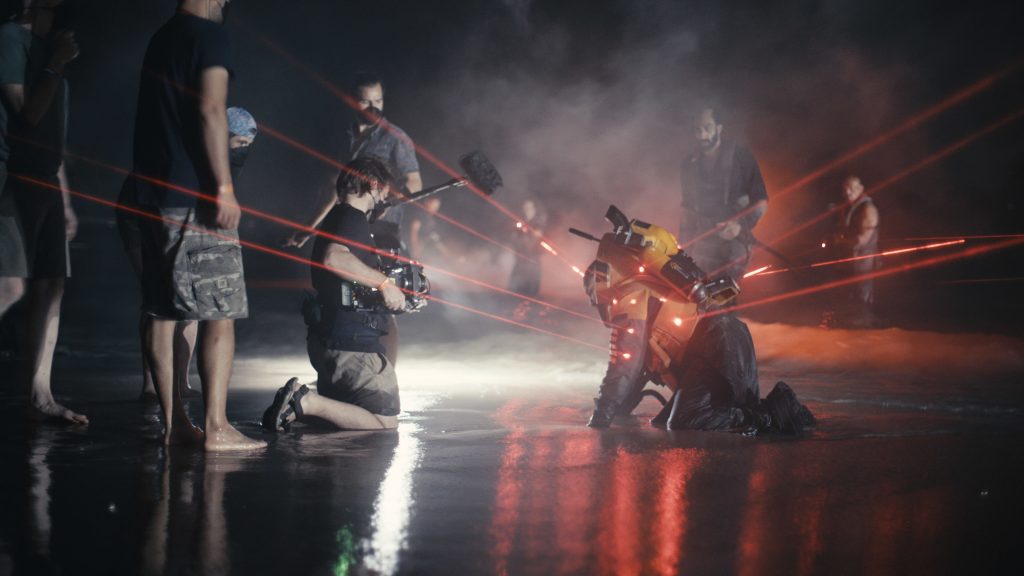
–
Words: James Mottram




